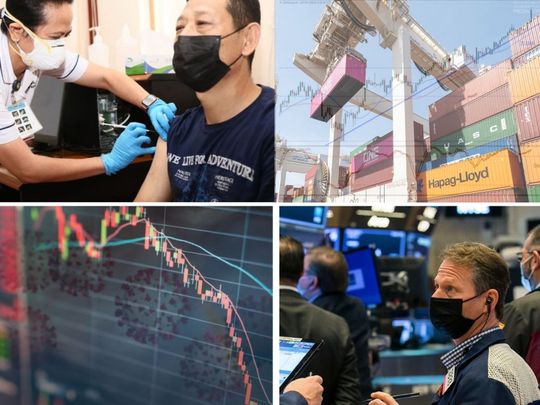
Highlights
- The lack of vaccines or antidote for a new, deadly pathogen rattles markets like nothing does.
- News about COVID-19 vaccines — or lack of it — moves markets.
- Confidence in the global economy continues to grow alongside accelerating vaccinations.
- Numerous studies show that there’s a direct correlation between vaccines and the economy.
Question: What’s the correlation between vaccines and the economy? Answer: It is direct, clear and present. Without physical health, there’s no economic health. A newly-emergent pathogen for which no vaccine or antidote works spooks markets. In the absence of vaccines, the global economy will be smashed to smithereens, like the world has seen with the “Great Lockdown”.
Without vaccines, a disease allowed to run amok across continents will ultimately have an untold, crushing outcome. The flipside is also true: herd immunity and economic growth go together well, say experts.
What research shows
Research tracking the economic impact of vaccinations over the past 80 years, for which data are available, shows eradicating infectious diseases have a “symbiotic effect” on key economic markers.
These include improved productivity, cost savings and life expectancy. Vaccines also improve healthcare equity, the overall welfare of families and the so-called “social infrastructure”.

Economic, social benefits
Research published in the journal Frontiers in Microbiology pointed to the health, economic and social benefits of vaccines.
“The impact of vaccination on the health of the world’s peoples is hard to exaggerate,” wrote Dr Charlene M. C. Rodrigues, of the Department of Paediatric Infectious Diseases, St George’s University Hospitals NHS Foundation Trust in London, and her co-author Dr Stanley A. Plotkin of the Department of Paediatrics, University of Pennsylvania, Philadelphia.
“With the exception of safe water, no other modality has had such a major effect on mortality reduction and population growth,” the authors stated in the study published July 14, 2020.
14 %
percentage of world's population that would be fully vaccinated with 2.2 billion COVID-19 shots administered as of June 8, 2021Bolstering their thesis, the researchers cited more than 130 cross-references highlighting the benefits of vaccinations over several decades from health, social and economic perspectives. "These," the researchers stressed, “need to be considered in the overall assessment of impact to ensure that vaccines are prioritised by those making funding decisions.”
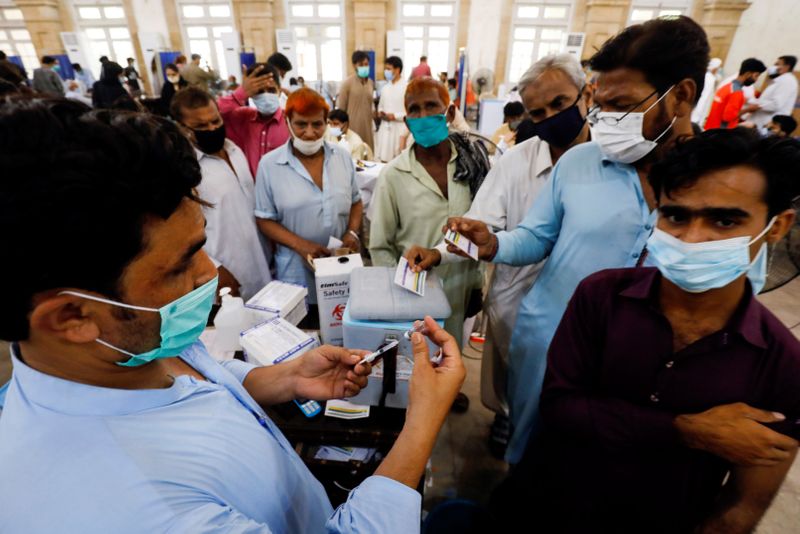
Economic impact
While it is hard to estimate the overall value of vaccines, experts agree that it has been one of the foremost scientific advances of the 21st century.
Now, health policy experts have given a hard figure — up to 2.5% effect on economic growth over a five-year period — as a direct impact on improved life expectancy, for example, from vaccination campaigns.
Mass vaccination is one of the most effective public health strategies that lead to a dramatic reduction in the incidence of many infectious diseases.
In an article "Role of Vaccination in Economic Growth" published in the peer-reviewed Journal of Market Access and Health Policy in 2015, the researchers stated that a five-year improvement in life expectancy translates into a 0.3% to 0.5% increase in annual economic growth.
“Vaccination, along with sanitation and clean drinking water, are public health interventions that are undeniably responsible for improved health outcomes globally. It is estimated that vaccines have prevented 6 million deaths from vaccine-preventable diseases annually,” wrote Dr. Jenifer Ehreth of the Department of Health Systems Management, Tulane University, in the journal Vaccine in 2003.
“Mass vaccination is one of the most effective public health strategies that lead to a dramatic reduction in the incidence of many infectious diseases,” she added.
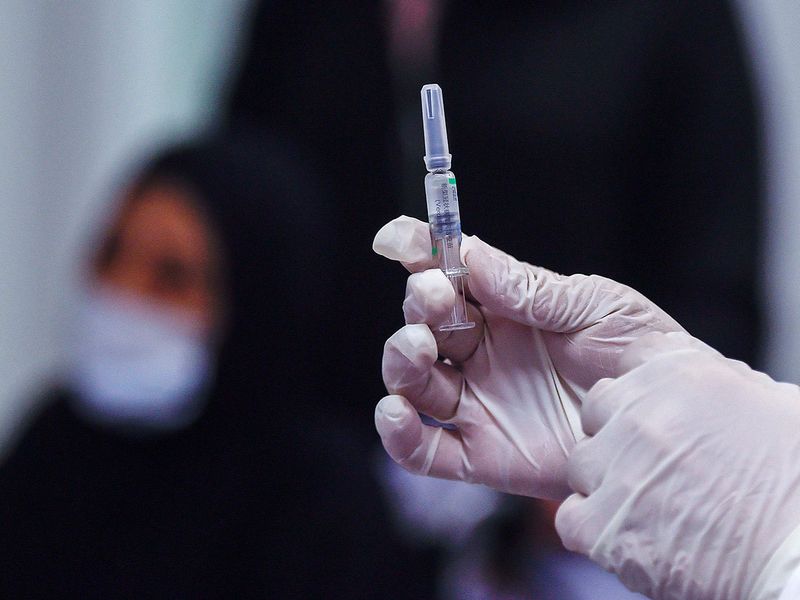
Preventive medicine
The Rodriguez-Plotkin study pointed to the 1993 US Vaccines for Children Program (VFC) which targeted low-income families (uninsured, underinsured) for inoculation against 16 diseases — including diphtheria, measles and varicella.
It was estimated that it prevented 322 million illnesses, 21 million hospitalisations, and 732,000 deaths throughout the lifetimes of the children vaccinated in the first 20 years of the programme. This, they said, translates to $295 billion in health care cost savings and almost $1.4 trillion in societal cost savings, if working hours saved were factored in.
To see the link between vaccine acceleration and demand growth, take this one recent event: On Tuesday, (June 8, 2021) oil resumed its rally to top $70 a barrel in New York. The reason: a growing confidence among investors that accelerating vaccinations — alongside easing of travel restrictions — will continue to boost demand.
West Texas Intermediate (WTI) futures surpassed the $70 mark — to close at its highest since October 2018. It briefly touching the key psychological level earlier this week.
At the same time, confidence in the outlook for oil demand continues to grow as accelerating vaccinations allow people to travel more. One report points to the Dubai oil benchmark now trading in its steepest “backwardation” — a market structure that indicates supply tightness — in almost a year after.
Market crash
The lack of vaccines or antidote for an emergent, deadly pathogen rattles markets like nothing does. The first coronavirus cases were reported in December 2019 in Wuhan. In the weeks that followed, fear and uncertainty started crushing the economy amnd jobs.
From March 11, 2020, the day the WHO declared a “pandemic”, the global economy went into a tailspin — unprecedented in its speed and ferocity. To curb COVID-19’s spread, most countries ordered non-essential businesses to shut. The outcome is now familiar: millions laid off, demand for goods plummeted, the economy shrank.
The global pandemic-driven shutdowns led to the stock market crash of 2020 with history’s biggest plunge for the Dow Jones Industrial Average (DJIA) on March 9, 2020.
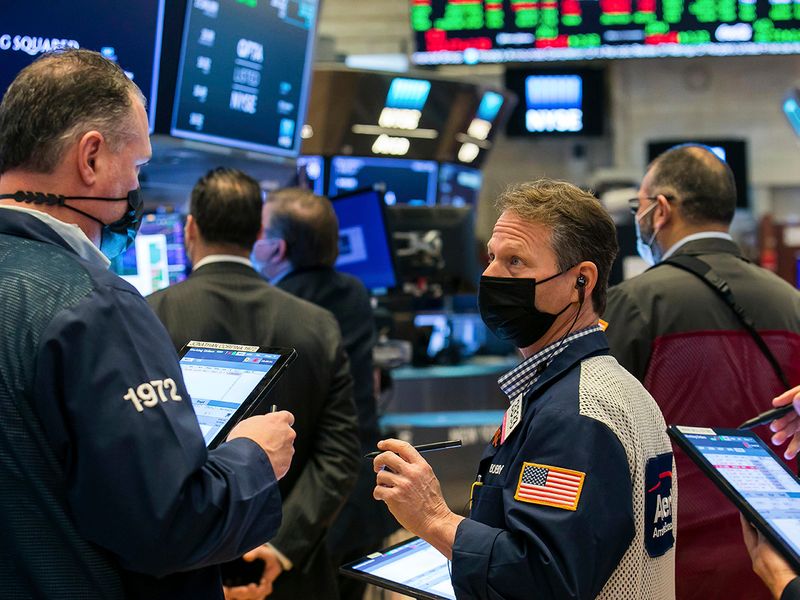
‘Great Lockdown’
Two days later, on March 11, 2020, the Dow fell 20.3% from its prior high on February 12, 2020. This effectively ended the 11-year bull market that started in March 2009. What followed were two more record-setting point plunges — on March 12 and March 16. The index finally hit its 2020 low on March 23. The crash included the three worst point drops ever recorded in stock market history.
Very few sectors were spared. The global civil aviation industry took a staggering $370-billion hit, with airports and air navigation services providers losing a further $115 billion and $13 billion, respectively, the International Civil Aviation Organisation (ICAO) reported in January 2021.
‘The Great Lockdown’ that ensued precipitated 13.5% economic contraction in 2020, to an estimated $16.4 trillion. The US economy, for its part, contracted a record 31.4% in Q2 2020 — the first time since 1947 (when the government began tracking the economy), that US GDP had never fallen more than 10% in any quarter.
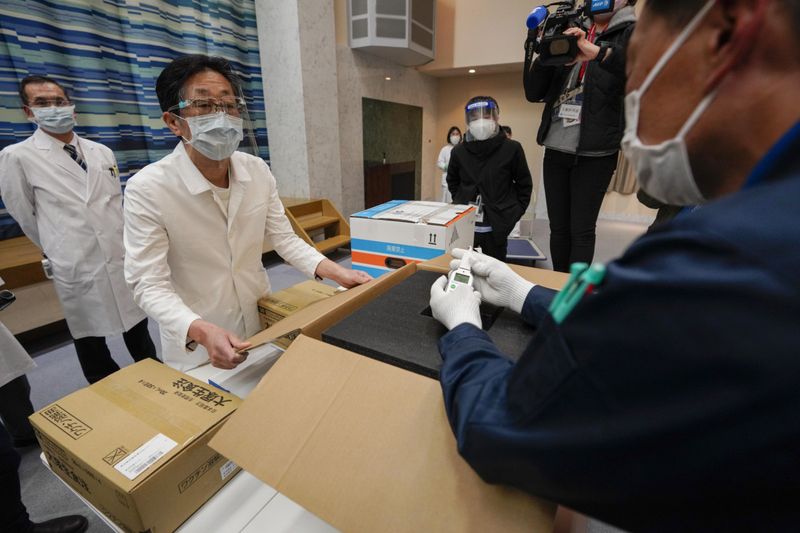
Why vaccines are important
Anti-vaxxers are hard at work during this pandemic, peddling conspiracy theories and scare-mongering yarn. A vaccine is a miracle of medical science: it trains the body to heal itself. Vaccines don’t produce antibodies; rather, when you get a vaccine, your own body kicks up your immune system to produce antibodies against a specific antigen (i.e. virus) introduced by the vaccine, exactly the way your body would do if you were exposed to the disease. The only difference: the vaccine given to you is a version of the pathogen that does not cause disease.
That’s why testing for safety (not causing severe disease) and efficacy (eliciting at least a 50% immune response) are non-negotiables in vaccine development.
Today, many vaccine-preventable diseases still exist that can cause long-term disabilities, even if the victim survives. For example, measles can cause blindness; mumps can cause deafness; and intrauterine rubella in pregnant women can cause severe birth defects or stillbirths. That's not to say that mass inoculations don't work. Prior to COVID-19, it is estimated that immunisations have prevented 96 million life-years of these types of disabilities.
6 m
estimated number of deaths prevented by vaccination, according to Dr. Jenifer Ehreth of the Department of Health Systems Management, Tulane University (US)In 2012, the WHO estimated that vaccination prevents at least 2.5 million deaths each year. Ultimately, it helps improve educational attainment and social institutions, too. Productivity gains follow when the health of a population is improved. The Global Alliance for Vaccines and Immunisations (GAVI) estimates the annual economic return on vaccinations to be between 12% and 18%.
Turnaround: Trade in goods recover, services lagging
Now, with accelerated vaccinations against COVID-19, markets are reacting. The real value of global trade is set to surge by 7.6% year-on-year in 2021 and 5.2% in 2022 according to IHS Markit. For the period of 2021-2030, the company predicts a 3.5% annual growth rate in the value of goods traded globally.
Volume wise, the research firm predicts a 7.5% trade growth in 2021 and a further 4.1% increase in 2022 (following an estimated 11.2% contraction in 2020 to 12.7 billion metric tons).
Recovery in global trade started in the last quarter of 2020, reducing its overall decline for the year to about 9%, according to data released by the UN Conference on Trade and Development (UNCTAD). However, the UN agency noted that trade — especially in services — remained stagnant. The reason: COVID-19 measures continued to affect other key sectors such as travel, tourism and leisure industries.
2.2 b
number of COVID-19 doses administered worldwide, equal to 29 doses for every 100 people (Source: Our World in Data).It’s clear today that ramping up global vaccinations against COVID-19 is not only necessary, but is one most cost-effective public health interventions that should be single-mindedly pursued if the world is to come out of the pandemic’s grip.
How news about COVID-19 vaccines has affected the market:
November 9, 2020: Pfizer announced its COVID-19 vaccine was more than 90% effective in a Phase 3 study; later that same, it raised the effectiveness level to 95%.
The company expected to produce 50 million vaccines in 2020 and 1.3 billion in 2021. Each person requires two doses of the vaccine, spaced several weeks apart, to receive full protection.
November 16, 2020: Moderna announced that its coronavirus vaccine was 94.5% effective.
The company’s market capitalisation tripled as its stock price soared, thanks to the news. Moderna developed the vaccine with $483 million in US government funding (even if the company has never before brought a successful drug to market).
The stock market responded to the news of pending vaccinations by setting record highs. The same day Moderna announced the news, the Dow closed higher at 29,950.44.
November 24, 2020: The stock average broke 30,000 points for the first time, closing at 30,046.24.
June 8, 2021: The Dow closed at 34,630.24 as global vaccinations reached 2.2 billion worldwide, equal to 29 doses for every 100 people on the planet.





